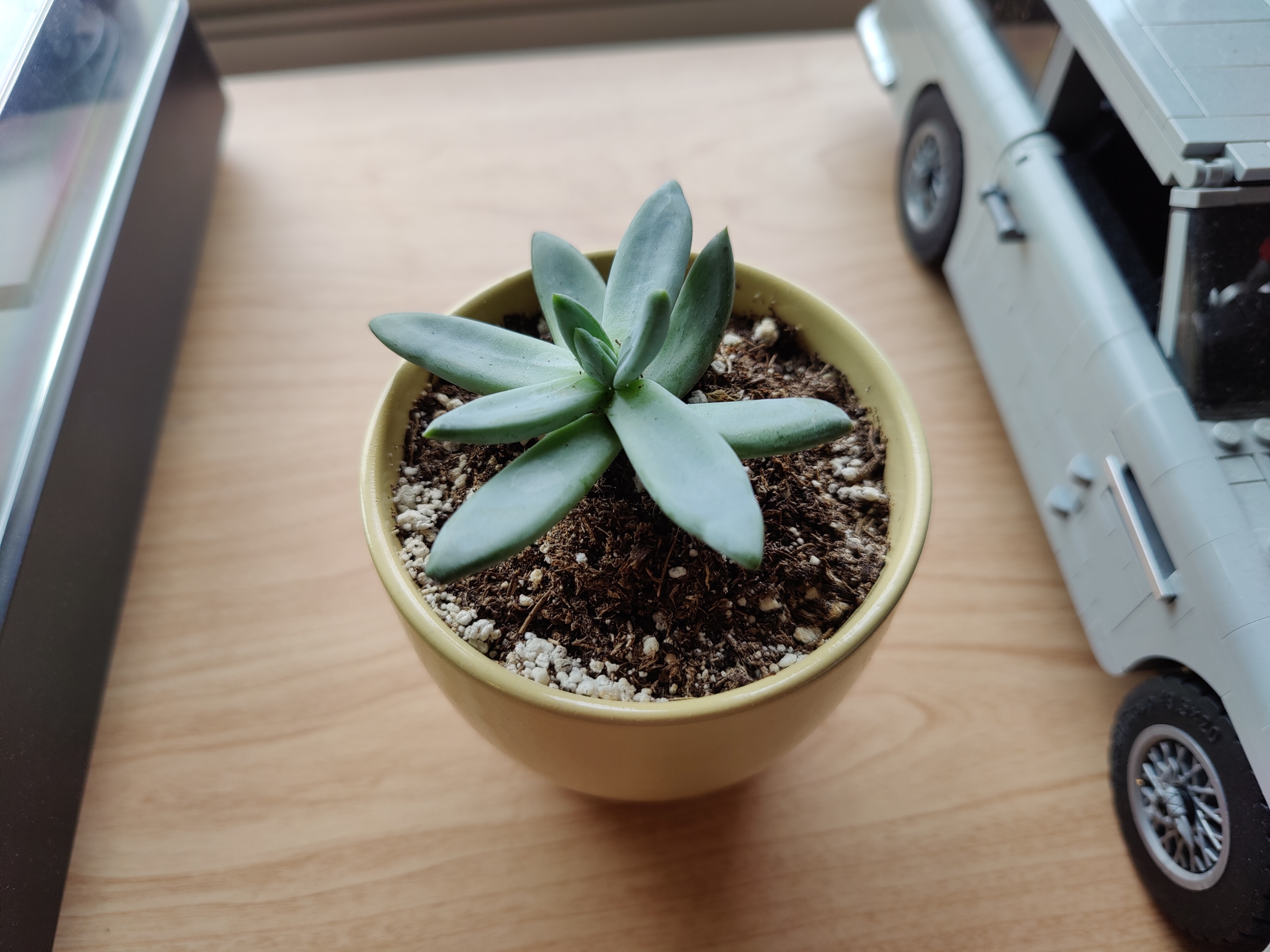The OnePlus 9 and 9 Pro offer an incredible software experience, top-end performance, and a solid camera. Despite the Hasselblad partnership, the camera experience on the OnePlus 9 series doesn’t quite live up to the likes of the Samsung Galaxy S21 and iPhone 12 series, but it’s still pretty good, and a whole lot better than the OnePlus 8 series.
It almost wasn’t though. A bit of inside baseball — we often get phones to review before they’re actually released, with an agreement in place that we won’t reveal details of the phones. Early on in the review process, we were frankly a little disappointed with the camera on the OnePlus 9 and 9 Pro. But immediately before the launch of the phones, OnePlus released a software update that significantly improved the quality of the photos that it captured.
This is relatively normal, and no points against OnePlus for doing so. Part of the trade-off in getting phones early is that companies are sometimes still working on the final details to get the phones ready for customers. And why shouldn’t they, as long as the phone is the best it can be when customers get it for themselves?
But what changed? Quite a bit, actually.
OnePlus 9 Pro
There’s always a risk of photos looking too drab in the quest for natural colors, and while the look may accurately reflect the world we were seeing with our eyes, it’s not the world everyone wants to see in their photos. Pre-update, the OnePlus 9 Pro sometimes suffered from this problem, and it makes photos less shareable without editing.
The latest update on the OnePlus 9 Pro has definitely minimized this issue, even in photos where overcast skies threaten to wash everything out. In the picture of the buildings, the dull sky doesn’t take away the redness of the doors, or the blues and whites of the paintwork, giving the photo a lovely natural balance.
This is the most significant change throughout the OnePlus 9 Pro’s camera — a better-balanced palette, without sacrificing the pop many want from their photos. The improvements are there, but there is also still work to be done. Some photos are still too saturated using the 3x optical zoom, and the camera still gets confused when trying to focus on objects in the foreground. But otherwise, it’s a well-judged step forward over the early camera software I used for my review.
OnePlus 9
Before the update, the OnePlus 9 wasn’t bad. It was just a little boring. Colors were a bit muted, low-light shots didn’t have much detail, and nothing really popped. Once the update hit, much of what you think of when you think of image processing was just…better.
Chief among those improvements were upgrades to how the OnePlus 9 handles color. The OnePlus 9’s camera still wasn’t the most consistent out there, but on a good day, colors are much more vibrant and interesting. Greens are nice and lush, especially as a backdrop to the colors of a flower. That’s not to mention the improvements to dynamic range that make for a brighter image overall.
Night mode photos also seem a fair bit better. The main issue with Nightscape photos before the update is that they weren’t all that detailed, and often ended up a little noisy. Nightscape still doesn’t quite compare to the night modes on Galaxy or iPhone devices, but it’s not far off — and it’s a whole lot better than it was a year ago.
I’ve mentioned a few times that the OnePlus 9 still doesn’t quite compare with Galaxy devices or iPhones, and the main reason is that to me, it’s not as consistent. Sometimes, the phone is able to capture beautiful photos. Other times, it just falls a little flat. This is potentially something that could be improved through software updates. Either way, I appreciate the focus that OnePlus is putting on the camera, and I hope it continues along that trajectory.
An update to our OnePlus 9 reviews
We received the software update with enough time to include the latest camera capabilities in the OnePlus 9 review, but not with enough time to include it in the OnePlus 9 Pro review. However by the time you read this, our OnePlus 9 Pro review will have been updated to reflect that the camera has been improved.
Editors' Recommendations
- Smartwatches are in big trouble
- 5 phones you should buy instead of the Samsung Galaxy S24 Plus
- The OnePlus 12R is still one of 2024’s best smartphone deals
- I did a OnePlus 12 vs. OnePlus 12R camera test, and there’s a big difference
- OnePlus’ next foldable phone may get a huge camera upgrade




















